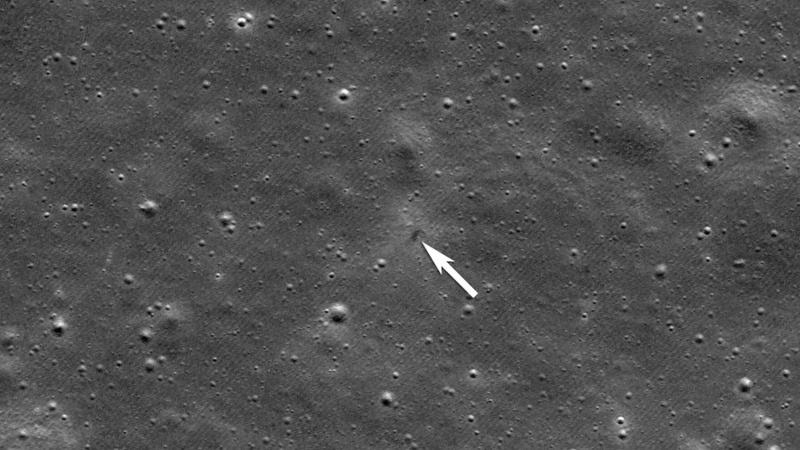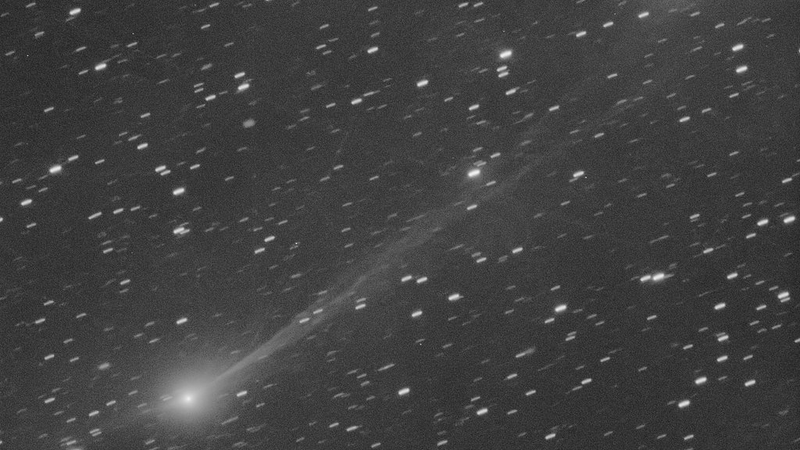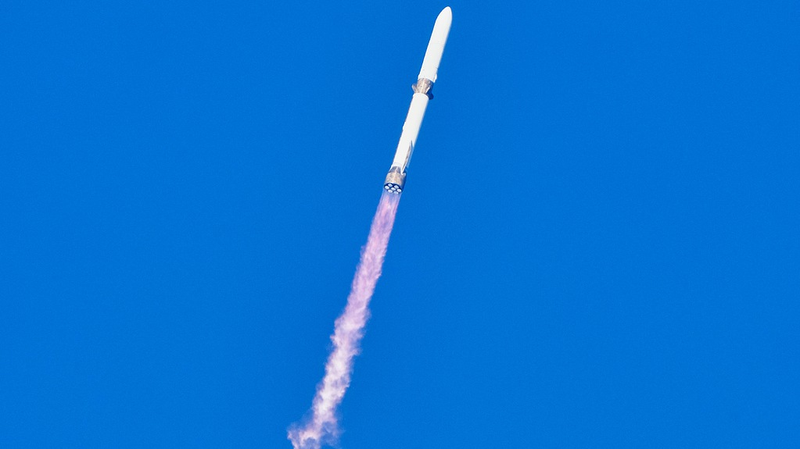NASA's Lunar Reconnaissance Orbiter (LRO) has snapped high-res shots of the crash site where ispace’s Resilience lander met its fate in the Sea of Cold (Mare Frigoris) on the moon’s far side.
Released this Friday, the images—captured just last week—reveal a dark smudge surrounded by a faint halo of ejected lunar regolith, marking where the Japanese startup’s rover and lander slammed down two weeks ago.
This mission was ispace’s second setback in as many years. Launched from Cape Canaveral in January, Resilience aimed to demonstrate cost-effective lunar delivery, but something went wrong on final descent.
Space analysts and engineers worldwide are now poring over the LRO photos. Here’s what they’re looking at:
- Impact Zone: A dark patch stretching across the volcanic plains of Mare Frigoris.
- Regolith Halo: Dust kicked up by the collision, giving clues to the crash dynamics.
- Next Steps: ispace’s upcoming news conference will outline technical findings and plans for future missions.
Private lunar missions are reshaping the space race, and even in failure, they offer data to refine landing tech. For young innovators and entrepreneurs, each image of this crash site is a lesson in resilience—both in hardware and the human spirit.
As the global space community awaits ispace’s report, NASA’s orbital eye continues to monitor lunar landmarks, proving that every setback can fuel the next giant leap for humankind.
Reference(s):
NASA spacecraft photographs crash site of Japanese lunar lander
cgtn.com




